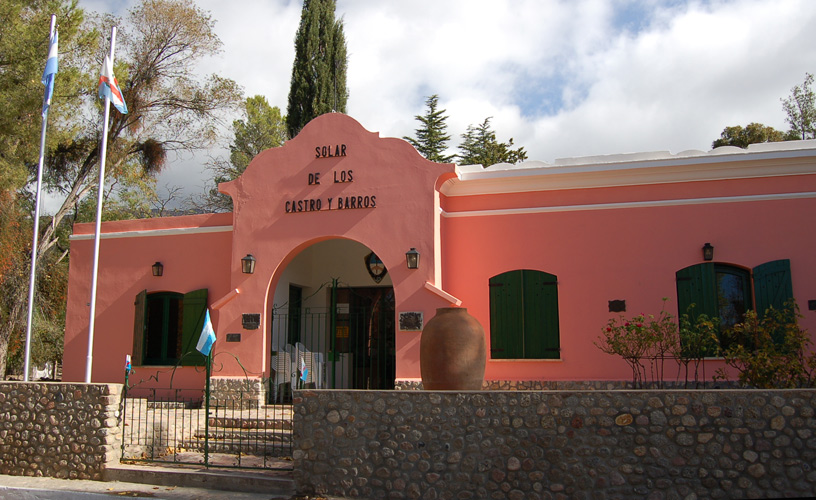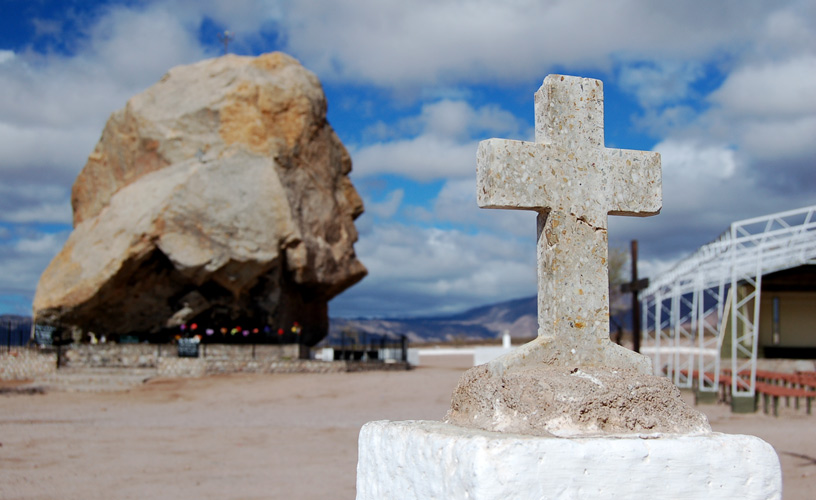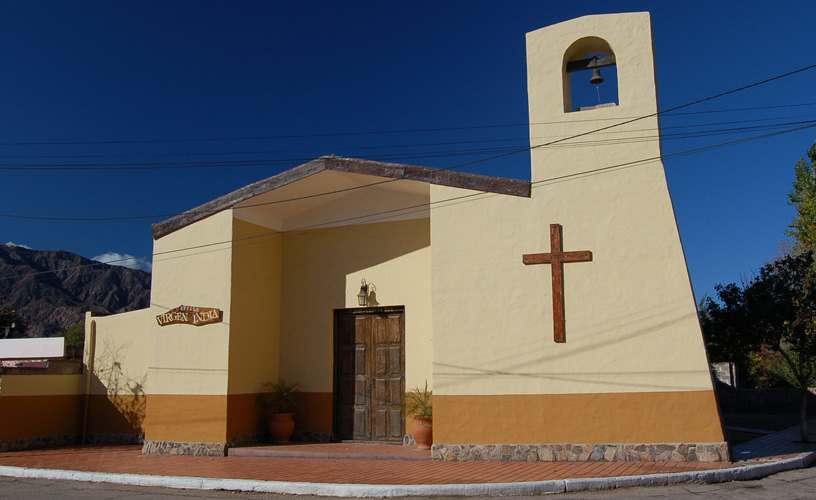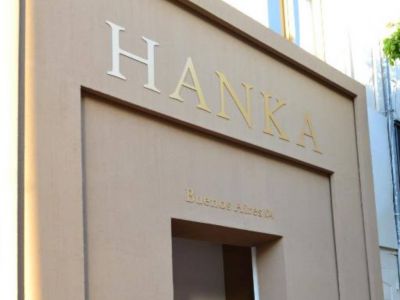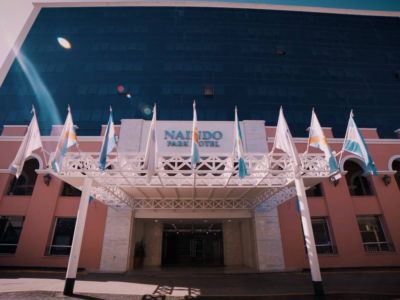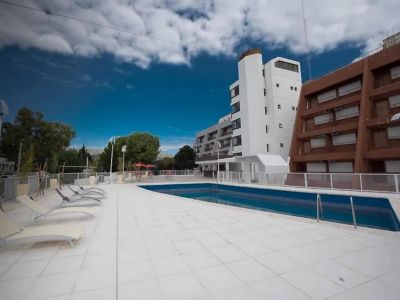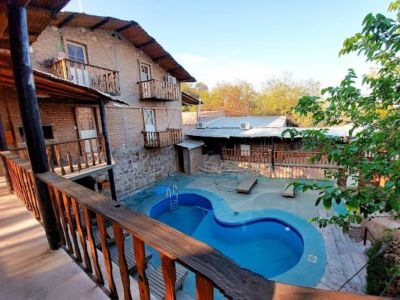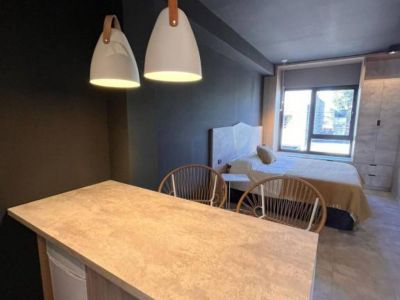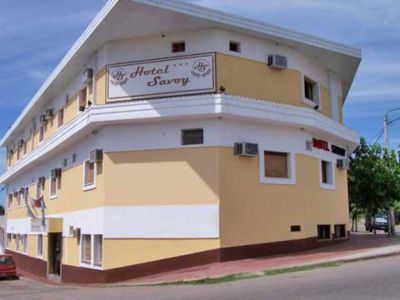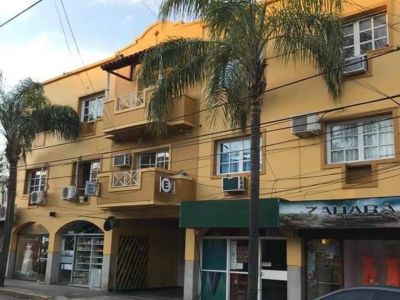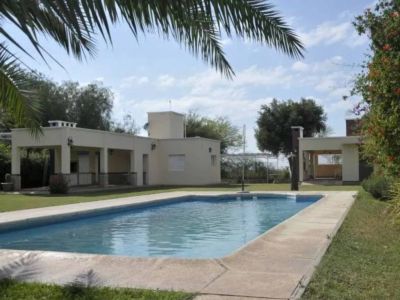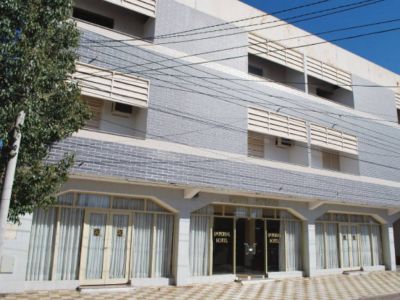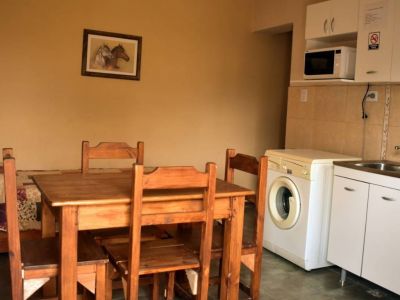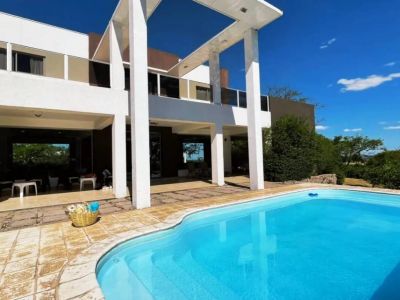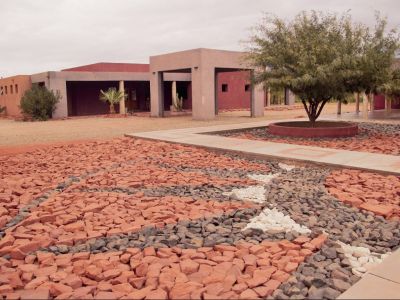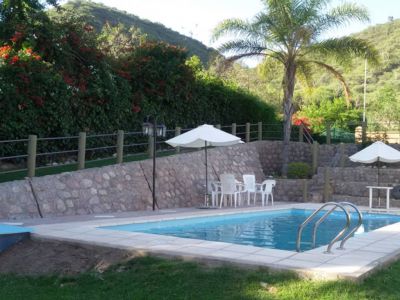La Rioja coast
On the east side of the Velasco Mountain Range there lie ten quaint settlements that lure tourists to walk around them, learn about their history and feel the gentleness of their people.
The previous night got cooler and to our surprise it was a clear day allowing us to see the summit of the Velasco Mountain Range covered with snow. A true postcard to begin the day. We took Provincial Route 75. Far from being by the sea or by a plentiful river, we toured around the “coast” of La Rioja, a circuit that was given that name because it borders different hills along its way. Its main characteristic is the imperturbable peace reigning all day, the unique microclimate which invites people to be in contact with nature and the ten settlements located along this path like pearls in a necklace inviting tourist to know their stories, streets and their people. After leaving the capital of La Rioja and Sanagasta, we started to see a radical change in the weather around us: it was a sign that we were heading into La Rioja coast. On one side of the route, there are small plains covered with yellowish jarrillas.
Soon we started to see a number of little towns in the middle of nowhere. Poplar, nut, olive and pine trees denote the presence of men in the area. Dozens of small houses, which have stood at the foot of the Velasco Mountain Range for centuries, are dedicated to crops and goat breeding. Today, this area is considered a great attraction thanks to its landscapes, its weather and its perpetual silence, ideal for resting. The Towns of Silence Las Peñas is the first settlement on our way, lying just 55 km from the capital. A few adobe houses on granite rocky outcrops around the square are typical in this place. San Rafael Church can be visited. It was built in 1964 thanks to travelers support. The area based its economy in the production of lime. La Calera lies at the foot of the Velasco Mountain Range. The kilns that used to burn the lime can be found there. This lime was then commercialized throughout the county of Castro Barros. Agua Blanca is ahead with dirt roads, long siestas and its troublemaker wine. The homemade marmalades are the great attraction for tourists. Before leaving, we visited the church called San Isidro Labrador and the Bosquecillo (little woodland), a dreamlike place of natural springs, a recreational area with a swimming pool, games for children and the inevitable trees. Route 75 took us to Pinchas, a beautiful place full of fruit trees, vegetables and nut trees. Crafts stalls can be visited here where it is possible to get tapestries of bright colors, blankets made of llama or vicuna wool, delicate baskets, as well as regional marmalades. It is worth mentioning that Pinchas is the folk center of doma (taming of animals) in La Rioja in February. La Rioja coast gives us charming moments as we head through it. Talking to the inhabitants of the towns, listening to their stories and buying their products is a wonderful experience. Chuquis is the next settlement along the road. The importance of this destination is that here lies the house of Pedro de Castro Barros that represented La Rioja in the Assembly of Year XIII and the province in the Tucumán Congress in 1816, when national independence was declared. This place is an important regional museum today and it is worth visiting. Soon, we arrived in Aminga, main town in the Department of Castro Barros and mid point of this exciting journey. Aminga has big houses, estates and wineries built with high stone walls. The crafts market is in the main square opposite the church called La Merced, which still keeps the ruins of the original chapel. This important place celebrates the traditional Tinkunaco or "gathering of the towns" in a colorful display every December 31st. Back on the road, we were able to ponder on the cheerfulness and quiet in the atmosphere of each one of these towns. “There, the houses are unlocked, the bikes lean on any wall without a lock for fear of theft and the cars rest with the keys in them …” Anillaco is the most modern of the towns along La Rioja coast. As opposed to the rest, it has paved roads, elegant big houses and extensive vineyards inviting tourists to try first rate wine as well as paterowine. This spot is the road to a strange rocky formation known as Señor de la Peña, where nature has sculpted the profile of Jesus on stone. It is ideal to visit it at Easter together with huge crowds of followers and people who have made a promise and decided to worship this image. We found the town Los Molinos on Route 75. A charming and fresh place that nurtures nut, olive, prune, hazelnut and quince trees welcome us. The traditional Carnival of the Square is celebrated in this place and it is characterized by its color and cheerfulness. The next town is opposite Anjullón and it has one of the most beautiful churches in La Rioja coast. It was built in 1896 in an Italian style. It also has a sacred museum in the parish house where books and liturgical objects from two centuries ago can be seen. Following towards the North there lies the village of San Pedro and at last we reached Santa Vera Cruz, located in the middle of the mountain. This village is the last of the circuit around La Rioja coast. Before retracing our steps, we pulled over in the Castle Dionisio Aizcorbe which has winding paths to walk and carefully thought architecture to be admired by passersby. Visiting the museum is a must! Thus, our journey along La Rioja coast comes to an end. It is a peaceful place where the stories of the towns that comprise it await for tourists to be told again.
Marcelo Sola
Marcelo Sola

